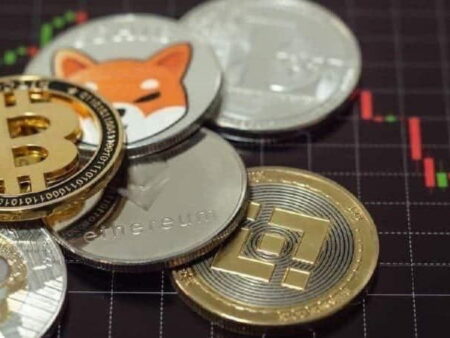As the majority of the cryptocurrency sector continues to trend sideways or downwards, its representative asset – Bitcoin (BTC) – has reached the lowest supply on crypto exchanges in more than five years, indicating that crypto traders and investors are increasingly turning to self-custody.
Specifically, the amount of Bitcoin on crypto exchanges has reached 5.84%, the first time since December 2017 that the flagship decentralized finance (DeFi) has dropped below 6%, the blockchain and social metrics platform Santiment said in a tweet on May 9.

According to the information retrieved from aggregated derivative exchange data platform Coinglass, there was only 1.89 million BTC on all exchanges as of May 11, 2023, demonstrating a 14.87% decline over the year, as the balance on exchanges on May 11, 2022, stood at 2.22 million BTC.
What does this mean?
As the platform explained, the trend of moving a digital asset off exchanges and into personal crypto wallets in such large amounts represented “a good sign of increased interest in self-custody for traders, and less potentially at risk” of selling back to exchange wallets.
On top of that, it demonstrates the growing need for investors to have full control over their cryptocurrency assets and provide assurance that they are safe in case history repeats itself and the FTX scenario, which has caused fear among many, happens again.
Besides these signals, the decreasing amount of Bitcoin on crypto exchanges could be a bullish sign, indicating there is a substantial buying trend, as continued accumulation by hodlers could cause the price of the maiden cryptocurrency to rise.
Bitcoin price analysis
Meanwhile, Bitcoin was at press time changing hands at the price of $27,450, down 0.40% in the last 24 hours, in addition to dropping 5.31% across the previous seven days and losing 7.45% to its value in the past month, as per data retrieved on May 11.

Notably, the negative trend has continued despite Bitcoin briefly breaking through the $28,000 level after the latest consumer price index (CPI) report showed that the inflation in the United States had slowed down more than expected in April, as Finbold reported on May 10.
Disclaimer: The content on this site should not be considered investment advice. Investing is speculative. When investing, your capital is at risk.






